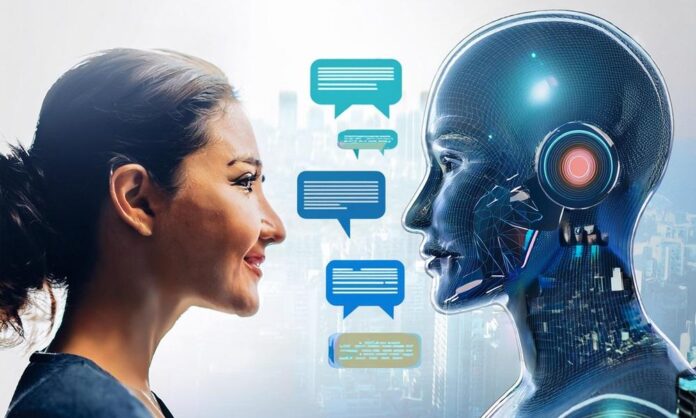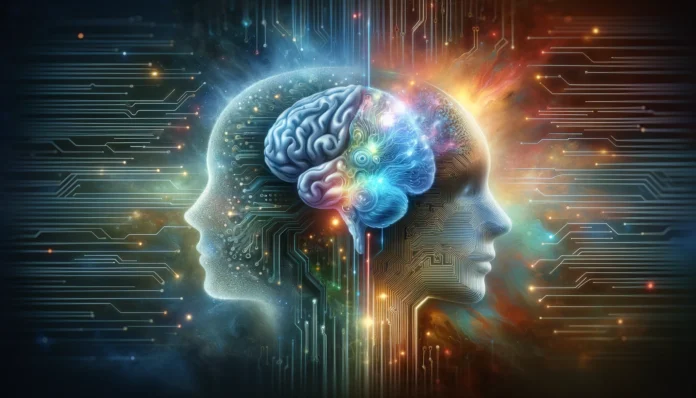Artificial intelligence can now write essays, summarize research, and mimic voices. But even the best chatbots still fail to sound truly human in real conversations.
The main reason is that AI doesn’t understand meaning; it predicts words. It processes text through statistical probabilities, not lived experience, empathy, or context.
Until AI gains these missing dimensions, its speech will always feel slightly mechanical.

Core Difference: Prediction vs. Understanding
| Aspect | Humans | AI Language Models |
| Source of Communication | Real experiences, memories, emotions | Statistical word prediction |
| Understanding | Semantic and emotional | Pattern-based, no comprehension |
| Context Handling | Expands across years or relationships | Limited to the token memory window |
| Intention | Express meaning and feeling | Generate text that “fits” |
| Adaptability | Responds to tone, sarcasm, and emotion | Reacts to syntax, not subtext |
Humans talk to connect; AI talks to continue a pattern. It doesn’t know what “lonely,” “curious,” or “awkward” actually feel like. This lack of internal reference leads to mismatched tone and emotion, why a chatbot might sound cheerful in a sad conversation or polite when humor would be natural.
Why Emotional Cues Confuse AI

Emotional intelligence comes from recognizing nuance. People adjust tone and rhythm based on small cues: pauses, laughter, or frustration. AI doesn’t sense these. It detects patterns like “sad tone → comforting words,” but not why they fit.
Even advanced models misfire when language depends on intent. For instance:
- “That’s just great.” (sarcastic vs. sincere)
- “I’m fine.” (neutral vs. upset)
AI cannot interpret emotional contradictions because it lacks empathy and experience-based inference.
Context and Continuity: Where Conversations Break
Human dialogue builds over time. We remember shared jokes, previous topics, and emotional undertones. AI systems, even large models, use limited memory windows, often only the last few thousand words. Once the conversation extends beyond that, earlier nuance disappears.
That’s why a chatbot can discuss philosophy one moment, then forget your name or mood in the next. It processes fragments, not relationships.
The Bridge: Humanization Tools

Developers are now focusing on reshaping how AI text sounds instead of trying to simulate emotions. Rather than fabricating empathy, the goal is to make AI output flow like authentic human communication.
One emerging approach is using a free AI humanizer, a type of system that analyzes phrasing, pacing, and tone to make generated text sound more natural. These tools don’t change the meaning of the text; they smooth awkward structures, shorten overly long sentences, and add the rhythm people use in real conversation.
Concrete Technical Limits
- No World Model: AI doesn’t perceive time, place, or emotion, only text sequences.
- Shallow Memory: Context fades quickly without long-term storage.
- One-Dimensional Tone: Cannot infer sarcasm, doubt, or layered emotion.
- Probabilistic Errors: Generates likely sentences, not necessarily meaningful ones.
- Lack of Accountability: No self-awareness of mistakes or tone mismatches.
The Bottom Line
AI still struggles to sound human because it talks without purpose.
Human language reflects understanding, memory, and emotion, three things current models don’t possess.
Progress in contextual modeling and humanization tools will narrow the gap, but until AI can interpret rather than just predict, real conversations will remain uniquely human.







